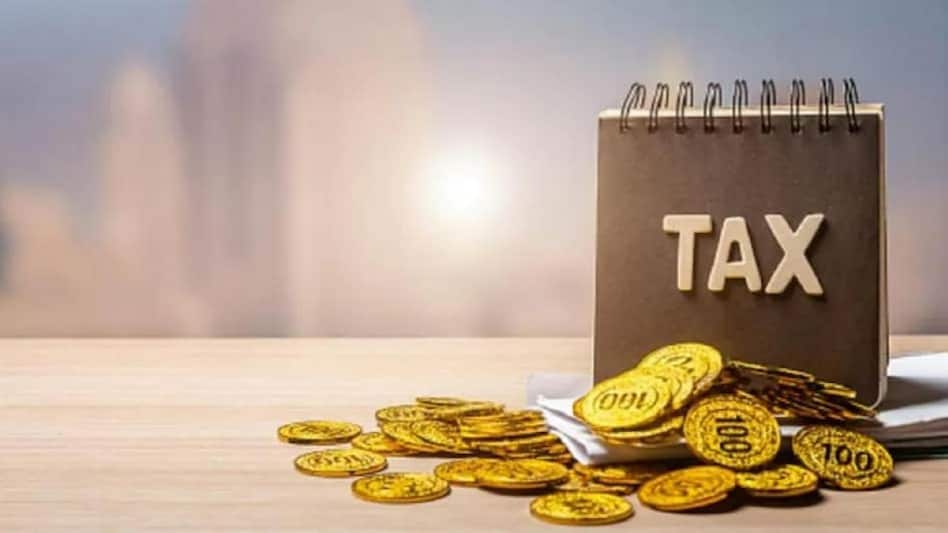 In India, capital gains taxation is applicable for three asset classes: equity, immovable property, and gold.
In India, capital gains taxation is applicable for three asset classes: equity, immovable property, and gold. In India, capital gains taxation is applicable for three asset classes: equity, immovable property, and gold.
In India, capital gains taxation is applicable for three asset classes: equity, immovable property, and gold.There is heightened sense of expectation that the Union Budget 2023-24 will make some amendments to the current capital gains tax regime. Government officials are of the opinion that the current capital gains tax regime is highly complicated and needs simplification. According to sources, it is likely the government would rationalise the long-term capital gains tax structure by bringing parity between similar asset classes and revise the base year for computing the indexation benefit to make it more beneficial.
In simple words, profits or gains arising from the transfer of a capital asset are called "capital gains" and are charged to tax under the heading "capital gains". Income from capital gains is classified as short-term capital gains or long-term capital gains. Any capital asset held by a taxpayer for a period of not more than 24 months is considered a short-term gain, and an asset held for a period longer than 24 months is considered a long-term capital asset. This, however, is dependent on different asset classes.
In India, capital gains taxation is applicable for three asset classes: equity, immovable property, and gold.
The past
Post-Independence era: The Union Budget of 1956–1957 made the levy of capital gains tax permanent in India. The then finance minister T T Krishnamachari introduced a capital gains tax regime where capital gains up to Rs 15,000 were exempt from taxation while individuals with gains of more than Rs 10 lakh were taxed at 31.3 per cent.
1992: In the era of UPA rule, under the leadership of the then finance minister, Manmohan Singh, introduced indexation benefits for capital gains and a special tax rate of 20 per cent for LTCG. Since then, for LTCG, the cost of acquisition and the cost of improvement of assets are linked to a cost inflation index that is notified by the government every year. Indexation is the process by which the cost of inflation is adjusted against the inflationary rise in the value of an asset. During this era, there were discussions about the exemption of dividend tax for shareholders, but it was not accepted.
1997: In 1997, the then finance minister, P Chidambaram, continued the 20 per cent tax for LTCG with indexation and exempted dividend tax for the shareholders.
1999: In 1999, the then finance minister, Yashwant Sinha, capped the tax on LTCG at 10 per cent for stocks. Thus, a taxpayer was given the choice of being taxed on LTCG on assets at 20 percent with indexation or at 10 percent without benefit.
2003: The idea of not levying the LTCG tax was one of the recommendations of the Vijay Kelkar-led task force on direct taxes in 2002. In 2003–04, the then finance minister, Jaswant Singh, removed such a tax in a limited way, with the intention of reviewing the change the following year. However, during his tenure, proposals for a 20 percent tax with indexation or a 10 percent tax without indexation were continued, while short-term capital gains were taxed as per the slab rate.
2004: LTCG exemmption
The then finance minister, P Chidambaram, did away with the LTCG from securities transactions altogether and proposed to levy a small tax on transactions in securities on stock exchanges. He also introduced taxation for short-term capital gains at 10 per cent, which was eventually increased to 15 per cent in the 2008 Budget.
2018 : RETURN OF LTCG TAX
In Budget 2018, the then finance minister, Arun Jaitley, proposed to impose LTCG on equities exceeding Rs 1 lakh at 10 per cent, expecting revenue of Rs 20,000 crore from the levy, while he also introduced a 10 per cent dividend tax for dividends greater than Rs 10 lakh per annum.
2020: Finance Minister Nirmala Sitharaman in her Budget speech on February 1 announced the abolition of the dividend distribution tax. She made dividends taxable in the hands of shareholders.
The present
The government is of the opinion that there is no need for having many buckets under the capital gains tax structure. Centre wants the capital gains tax regime to undergo simplification. While the government is looking to tweak the long term capital regime, sources tell Business Today Television that it is unlikely to be a part of the upcoming Budget announcements.
Also read: Budget 2023-24: Nirmala Sitharaman to present Economic Survey 2022-23 in Parliament
Also read: Budget 2023: Here's what the BFSI sector can expect from FM Nirmala Sitharaman